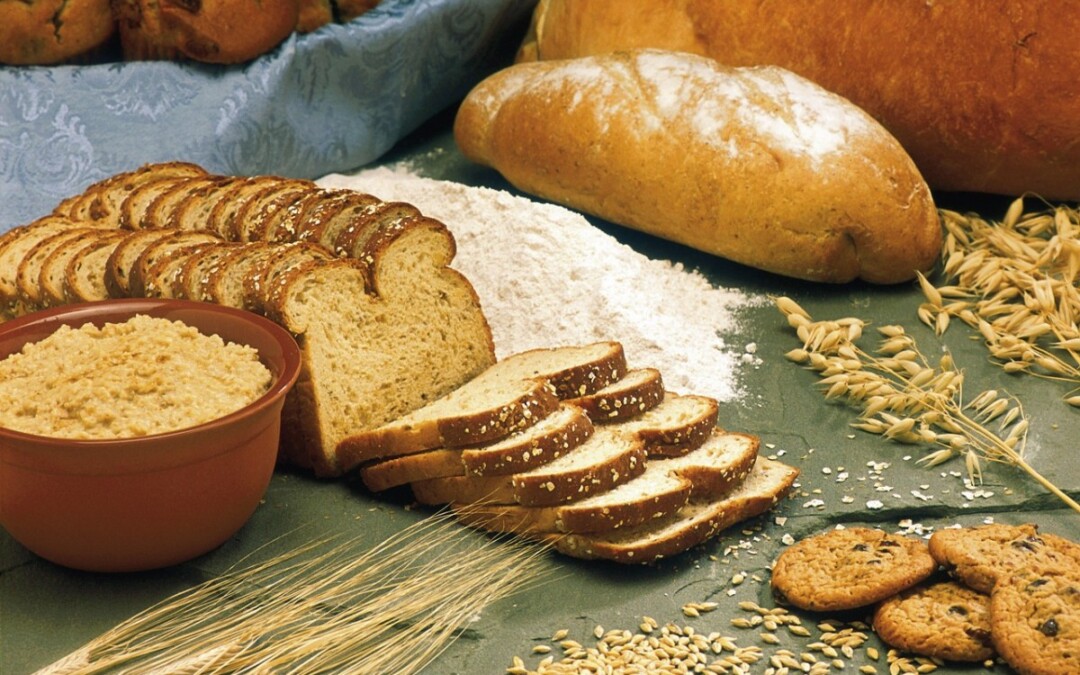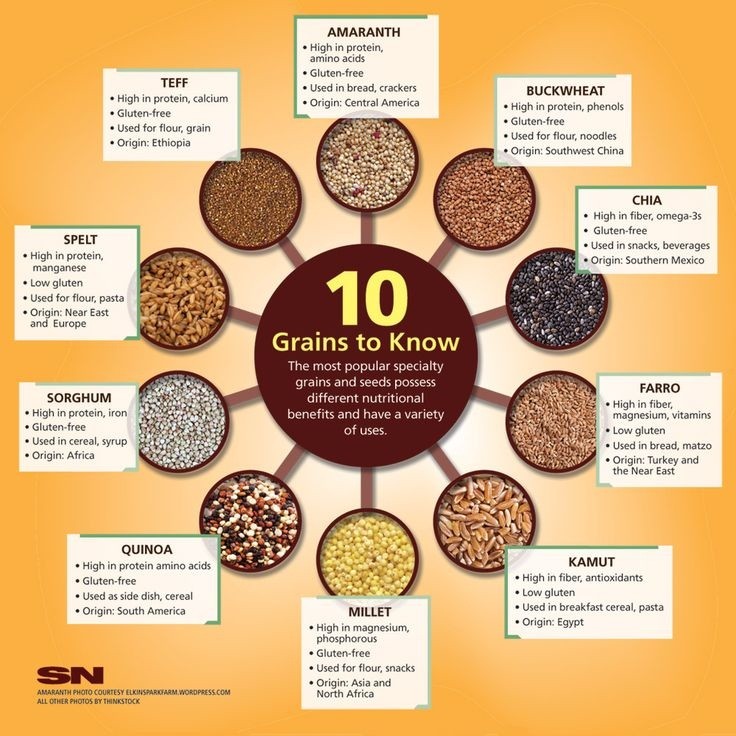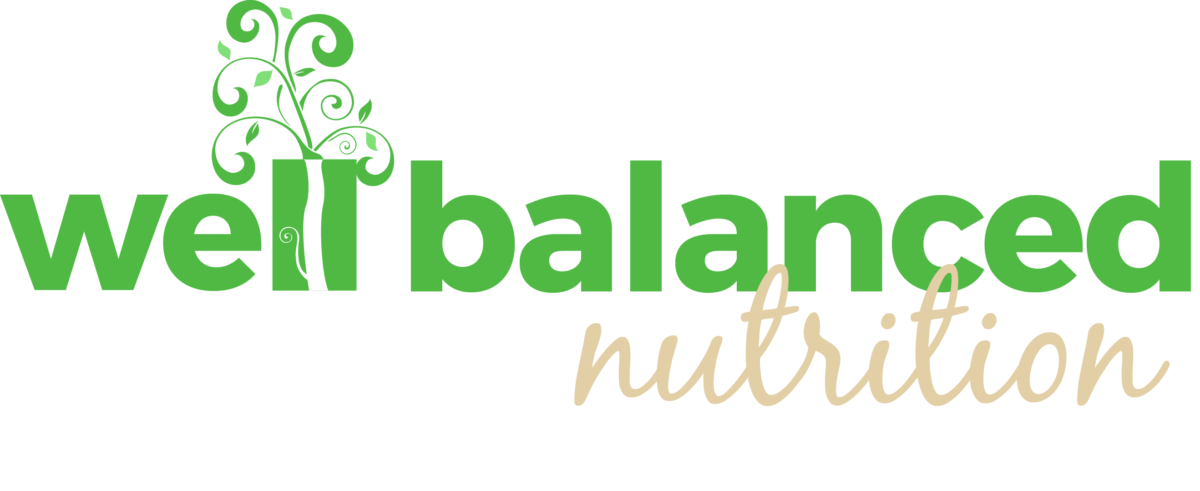
by Lucy | May 27, 2017 | Well Balanced Wisdom
Y’all, I just found out my boyfriend used to be a couponer! How awesome is that? I’m frugal too but in a different way. I’ve been joking for years that I’m actually a 90-year-old woman because I frequently wash and reuse Ziploc baggies, I save all the plastic soup containers from the Chinese restaurants, and I have no problem buying the store brand.
Recently, while talking with a client and learning about all the delicious fresh produce she has been throwing away, I decided it’s time to share some of my frugal secrets with the tribe. A major key to saving money is making the most of the food you buy and not letting it go to waste. Make your food bill stretch a little bit further by doing these 5 things.
1. Don’t throw away perfectly good leftovers! Some folks throw away leftovers 2 days after cooking them. According to the Mayo Clinic, we can keep leftovers up to 4 days. Cooking on Sunday? Eat it or freeze it by Thursday.
| In America, we throw away an average of $1,200 in groceries every year! Yikes! |
2. Make friends with your freezer. At one point I found 9 different kinds of cheese in the refrigerator and thought “that’s a little excessive.” I put a couple blocks in the freezer because then I don’t feel obligated to put cheese on everything – not there’s anything wrong with that. :-P. It’s not just cheese that can store well in the freezer until you need it. Here is a great list of all the things you can freeze. Another great freezer tip I love is how some folks buy meat in bulk at the local market, such as Kenyon’s Meat Market, in Mebane and then they pull out what they need for dinner each morning. Brilliant!
3. Buy in season. Have you noticed that asparagus gets to be really affordable in March? That’s because asparagus is an early Spring crop. Seasonal produce is not only more affordable, it tastes better too! And if you buy local produce from the farmer’s market, you will typically find the most nutritional value as those foods are picked when fully ripe. Check out what’s in season now.
4. Chop it up immediately. You know those sad green onions, celery stocks, or bags of lettuce you find wilted and juicy at the bottom of the refrigerator? Instead, we recommend designating one day to wash chop, and store in Ziploc baggies or other see-through containers all those delicious colorful foods you intend to eat that week. Doing so increases your chances of eating them, not wasting them.
5. Don’t put produce in the beer drawer! Seriously, the drawers in the refrigerator especially the old less fancy refrigerators aren’t doing you much good. When we hide our fruits and vegetables in drawers we tend to forget about them until it’s too late. Instead, let’s refer back to tip #4 and keep our washed and ready to eat fruits and vegetables on the top or middle shelf where we will see them and enjoy them regularly.
Food for thought
When you throw away food consider looking at that as throwing away $5 or $10 bills. That sounds crazy!
You can save money, time, and guilt by implementing one or two of these tips. Which one will you try this week? Tell us in the comments below!


by Lucy | May 15, 2017 | Well Balanced Wisdom
Monday, May 15, 2017
There are so many diets, research articles, and ideas it can become overwhelming to try and choose the healthiest diet for you and your family. Kristen and I have talked about many different diets, and you know it’s our well-balanced mission to help people ditch the diet mentality and make it simple.
Knowing yourself is important.
I had a client come to me with an interest in feeding her family more healthy food choices. She told me “I’m really good with the guidelines and rules so if you can just give me a few rules to stick by, I will do it.” This rule mentality works really well for some folks and I was glad she knew herself well enough to tell me her preference.
How we kept it simple
In our session, we focused on simple, healthy habits that start at the grocery store, like understanding food labels. She took the guidelines we discussed to heart and ran with it. By the next appointment, she was proud to report putting any foods with unpronounceable words or too many ingredients back on the shelf. Instead, she is eating mostly whole foods. Now, this mama feels confident making healthy foods choices for herself and her family. Success!
Why this works
After watching this TED talk about The Mindset for Healthy Eating by Gillian Riley, I was reminded that diets typically include prohibiting certain foods or food groups. That prohibition mindset typically leads your brain to fixate on the food that you are supposed to be avoiding. By implementing healthy habits instead of restrictions, and by keeping things simple, we can set ourselves up for success and make it a more enjoyable experience.
Food for thought:
Sometimes we make healthy eating a little more complicated than it needs to be.
Consider this week one simple change you can make it to your eating habits to incorporate more whole foods or reduce the complication of eating well. Tell us about it the comments.


by Lucy | Feb 8, 2017 | Well Balanced Wisdom
In honor of Heart Health month, every Wednesday in February we are talking about whole grains because of their connection to good heart health. If you missed the first post do check out: Not all carbs are bad: whole grains and heart health part 1
Last week I challenged the notion that all carbs were bad and should be avoided. It is just not true. Whole grains have powerful health benefits and it is not just because of the fiber. They contain various phytochemicals that protect and fight against heart disease and diabetes.
There are many whole grain options to choose from. So, don’t limit yourself to whole wheat bread, crackers, and cereal. I CHALLENGE YOU to try something new and less processed. Pick any of the following grains to try this weekend. Notice there are 7 gluten-free whole grains below for those who need to avoid gluten for health reasons.

What do I eat it with? The easiest way, in my opinion, to start eating new whole grains is to prepare them plain and add then use them as a base for a salad or a “power bowl.” Start with a 1/2 cup to 1 cup of whole grains in a bowl and then top with your favorite veggies and protein. Lastly, drizzle with a dressing and voila! Simple and delish!
Here are 17 different ideas to get you thinking of the perfect combination for your taste buds.
Next step: post in the comments or send me an email ([email protected]) to let me know what you tried and how you like it!


by Lucy | Oct 20, 2016 | Motivational Mondays
Monday, Oct 24th
I often have people bring me food containers to determine if it’s a healthy option or not. You may have seen or heard that the FDA is working on redefining the term “healthy” on food labels due to an ongoing battle with Kind Bars.
Here’s the quick and simple Well-Balanced Way to know if you are making a healthy choice:
- Can you read, pronounce and explain all the ingredients on the ingredients list?
Polydextrose, soy lecithin, anhydrous milk fat, glycerin, hydrolyzed gelatin… These are just a few ingredients found in the Atkins Advantage Bar.
A good guideline for the ingredients issue, can you explain to a 3-year old where it came from and why it is in your food? See Mindfulness starts here – thinking about the entire process.
- How many ingredients does it include?
I made an interesting discovering while looking at a label for lightly salted dry roasted peanuts – you’re thinking it’s peanuts and salt, right? Yea, plus the 13 other ingredients to add flavor and shelf-life. Yikes!
- How big is the portion size?
Portion size is at the very top of the label because it’s super important! Some companies still use an unusually small portion size (I’m looking at you ice cream containers) that many people do not follow. The consumer assumes they are doing great because “it’s only 220 calories per serving!” Nevermind, that they polished off the entire pint and now that 220 calories has turned into an extra 880 calories. WOW!
- What is the sodium content?
This is more important for some than others, especially if you have salt-sensitive hypertension (high blood pressure). Most of us would benefit by decreasing our sodium intake; however, at Well-Balanced Nutrition we want you to season your foods! The amount of salt added at restaurants and fast food chains will almost always be significantly more than what you prepare at home.
- What’s the goal?
Is this a snack or a meal? If you have not had the pleasure of playing Lucy’s game good vs better it’s important to note there is no “bad food.“
There are good choices and better choices. Of course, I’m not encouraging cookies for breakfast, but that may be better than going hungry. A better choice than cookies is whole wheat toast, peanut butter, and a piece of fruit.
Food for thought:
Is your food really as healthy as the label claims? There may be more to the story than they want you as the consumer to know. Now you have more tools and knowledge to arm yourself for your next trip to the grocery store!
List the top 3 foods you will compare next time you go grocery shopping:
- _______________________________
- _______________________________
- _______________________________







